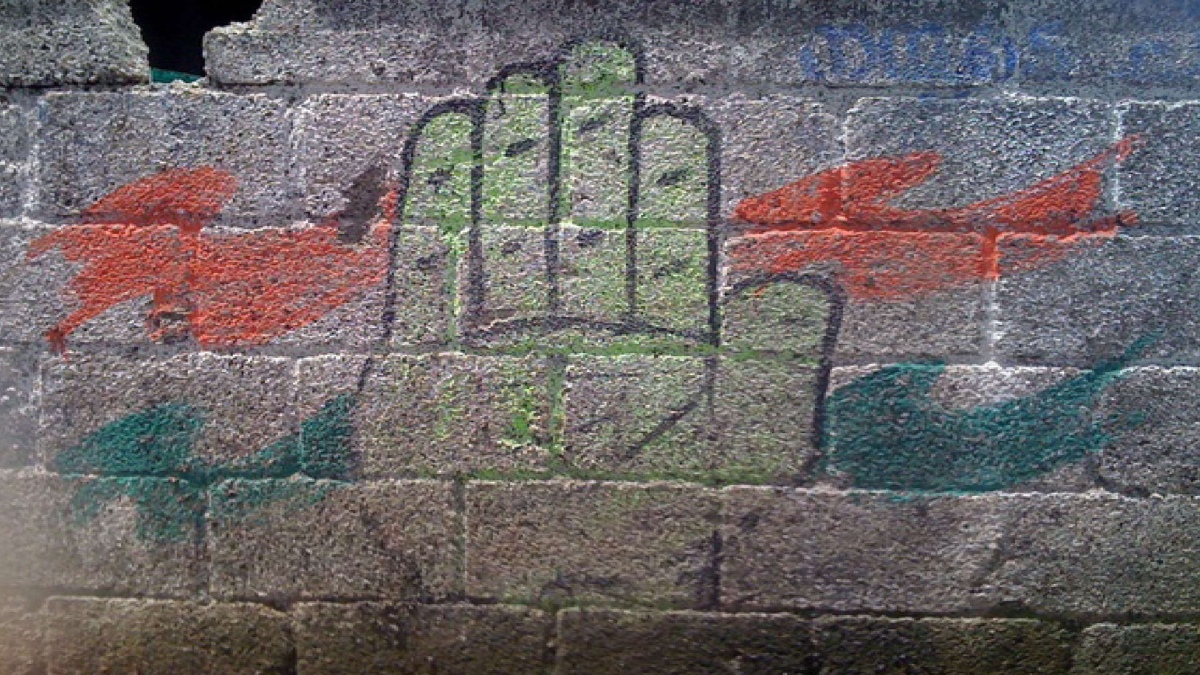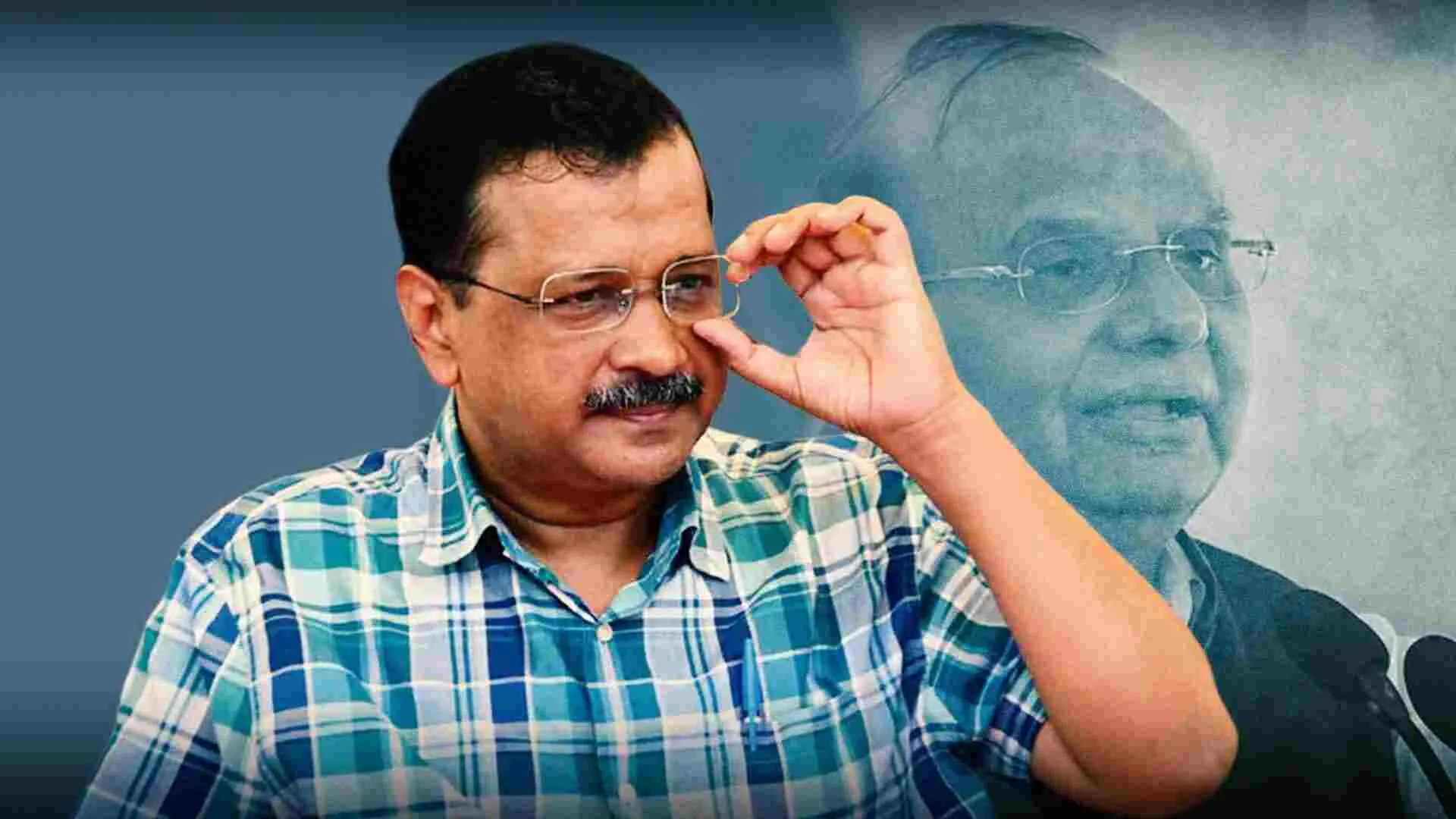INDIA’S OLDEST PARTY: HISTORY OF FUNDING
All eyes have been on the Indian National Congress (INC) in Punjab this week, as Chief Minister Amarinder Singh handed in his resignation, stating the party’s upper management “humiliated” him, months before the electorally important state heads to the polls. While the INC’s disordered organizational structure in various states and a lack of proper leadership, amongst other factors, have been attributed to its declining presence across the country, another important issue that has come to light is its funding woes. The INC, which prides itself on being the country’s oldest party, once dominated the sphere of political donations and funding. Between 2004-2014, when the party was in power at the Centre, it was the most well-funded national party. However, since 2014, the Narendra Modi-led Bharatiya Janata Party (BJP) has overtaken it, receiving a whopping 400% more in political funding and donations. In 2010-11, the BJP received Rs. 14.62 crores in donations (Rs. 29.67 crores adjusted for inflation for 2021) and this figure increased to Rs. 785 crores for 2019-20 (Rs. 895 crores adjusted for inflation for 2021). On the other hand, in 2010-11, the INC received Rs. 8 crores (Rs. 16.27 crores adjusted for inflation for 2021) and this figure increased to Rs. 139 crores for 2019-20 (Rs. 158.36 crores adjusted for inflation for 2021). The INC’s income, as per income tax statements and audits, is at an 11-year low, and the rising costs of fighting elections without significant victories and running state offices have started to dent the reserves that the party has.



The history of the INC’s funding can be traced back to the Indian freedom movement, when the Birla family from Rajasthan was one of their leading donors. After Independence, those from the business class secured leverage over shaping the Congress government’s economic policy as they contributed to the majority of the donations towards poll spending. In the 1960s, the Congress and the Swatantra Party were the main beneficiaries of donations from big conglomerates such as the Tata Group and the Birla Group, who together accounted for 34% of the total political contributions from companies between 1962 and 1968. It wasn’t until 1969 that the Indira Gandhi-led government imposed a complete ban on corporate funding. This was done to break the nexus between politics and businesses but also to check the popularity of the centre-right Swatantra Party by drying up the supply of finances.
In an attempt to evade the ban, political parties started raising funds by publishing souvenirs, in which advertisements were placed by the business houses. Businesses also resorted to tax evasions, black-market operations, and other illegal mechanisms due to political compulsions and the threat of selective raids and nationalisation. This period also saw the rise of what is called “briefcase politics”, through which vast amounts of black money were transferred to the INC. However, the Rajiv Gandhi government, intending to end the culture of license permit raj, took the crucial decision of lifting the ban in 1985. The post-liberalisation period has witnessed a steady rise in the corporate funding of elections through both the traditional route of contributing directly to political parties and through other institutional innovations like electoral trusts.
Source: Creative Commons

2004-2014: CONGRESS AT THE CENTRE
In an attempt to bring “transparency” back in electoral funding, the Congress-led United Progressive Alliance (UPA) notified the Electoral Trust Scheme, which allowed the setting up of an electoral trust under Section 25 of the Companies Act, 1956. A total of nine registered electoral trusts donated a total of Rs 637.54 crore to political parties between 2004-2014 according to a report released by the Association of Democratic Reforms (ADR).
However, despite the ruling, the Congress, which was the ruling party at the Centre during this time, made around Rs. 4,000 crore – 83% of this funding came from unknown donors. Details of these patrons were not provided to the Election Commission or the income tax department. Most of the disclosed contribution came from trusts and groups of companies, amounting to roughly Rs. 70.28 crore. The mining, construction, and export and import sectors also contributed heavily to the party, donating around Rs. 23.07 crores. In 2014, Bharti Group’s Satya Electoral Trust donated the maximum amount – Rs 36.5 crore – to the Congress, followed by the A V Patil Foundation, which donated Rs. 5 crore, and Bharat Forge Ltd, who donated Rs. 2.50 crore to the party. After 2015, the Prudent Electoral Trust, earlier known as Satya Electoral Trust, and Samaj Electoral Trusts have become the two major trusts which fund the Congress.
 According to the annual audit report submitted to ECI, Congress spent Rs 864 crore on elections in 2019-20, including Rs 406 crore on election publicity
According to the annual audit report submitted to ECI, Congress spent Rs 864 crore on elections in 2019-20, including Rs 406 crore on election publicity
POST-2014: A SHARP FISCAL DECLINE
The INC’s funding has been experiencing a sharp decline since it lost power at the centre in 2014. For the financial year 2017-18, the party declared its lowest income in 11 years, which was 12% lower than the year before. While the Congress party is ahead of other national parties in terms of total donations, it still earned less than one-fifth of what the BJP received in 2017-18. As per the income tax returns and annual audit reports, the Congress raised about Rs. 199 crore in donations for the year 2017-18, compared to Rs. 1,027 crore raised by the BJP. However, even before the Congress lost power in the centre, the BJP had surpassed the party in political donations. For the financial year 2013-14, the Congress raised Rs. 598 crores in political donations while the BJP collected Rs. 673 crore. The difference reduces when one goes back to 2012, when the Congress raised Rs. 356 crore, while the BJP raised Rs. 309 crores. However, in comparison, if we take a step back, the ruling Congress in 2006 raked up as much as 3.25 times more donations than the BJP. The Congress party’s fortune started sliding after it faced a flood of allegations of corruption and big-ticket scandals around 2012-13, which coincided with the rising stock of the once dormant BJP.
BJP’s rise in capturing more than 80% of the total donations and the Congress’ sharp deceleration is a result of being able to capture corporate donations. For instance, for the 2017-18 financial year, the BJP was able to secure 92% of total corporate donations. This is an ongoing trend, even while the Congress was in power. For 2005-12, the BJP raised Rs. 192 crore from businesses and corporations while the Congress raised Rs. 172 crore for the same period.
The Prudent Electoral Trust, one of the key contributors to the INC, donated Rs. 2 crore and Rs. 14 crore respectively during the years 2015-16 and 2016-17 to the Congress. The Samaj Electoral Trust, which counts the TVS Group and the Birlas among its donors, gave Rs 1.5 crore to Congress in the financial year 2016-17. During the 2017 Maharashtra Assembly Elections, Congress candidates from across the state said they weren’t being supported financially by the party, which was the reason for their failure in the bypolls. Similarly, 2018 proved to be an extraordinarily tough year fiscally for the Congress as the party fought a spate of state assembly elections including the electorally significant Rajasthan, Chhattisgarh, and Madhya Pradesh, which required considerable expenditure.
2022 ASSEMBLY POLLS: PRESSURE ON CONGRESS
As Congress continues to lose state after state, its funding crisis has worsened. To overcome the crisis, the Congress urged its members to step up as contributors, ran a crowdfunding campaign, and asked officials to cut expenses. Milan Vaishnav, a senior fellow for South Asia at the Carnegie Endowment for International Peace in Washington, also said that Congress is considered less friendly to big businesses as compared to the BJP, giving the BJP a fundraising advantage.
According to the latest contribution report for 2019-20 shared by the Congress with the Election Commission , Congress received approximately Rs.20 crore in donations from ITC Limited and its subsidiary companies between April 1 2019, and March 31 2020, making it one of the most prominent corporate donors to the party in the financial year 2019-20.
Electoral Trusts continue to remain Congress’s biggest donors. Prudent Electoral Trust and Jankalyan Electoral Trust contributed roughly Rs 30 crore and Rs 25 crore. For the same period, according to the annual audit report submitted to the Election Commission, the Congress spent Rs 864 crore on elections, including Rs 406 crore on election publicity and Rs 5.7 lakh on pre-poll surveys.
Financial support continues to be a key subject of discussion in the meetings held by the All India Congress Committee (AICC) with select state units. Lack of funding adversely impacts a party’s ability to campaign effectively. Congress candidates have increasingly been asked to curb their expenditure while campaigning.

This has also forced the party to give tickets to wealthy candidates, who can self-finance campaigns and also invest money in the party.
In the 2019 Lok Sabha elections, more than 83% of Congress candidates were millionaires. Analysts suggest that Congress could find itself in an even more dismal financial position if it fails to win the seven state elections coming in 2022 — Uttar Pradesh, Uttarakhand, Punjab, Goa, and Manipur — in February-March, and Himachal Pradesh and Gujarat towards the end of the year.
During the 2019 Lok Sabha elections, the party spent Rs 626.3 crore on general party propaganda and nearly Rs 193.9 crore on candidates.
With the rising costs of fighting elections and advertising, there is insurmountable pressure on the party to secure seats in the upcoming Assembly elections to ensure its survival.
Contributing reports by Damini Mehta, Junior Research Associate at Polstrat and Akansha Makker, Animesh Gadre, Damayanti Niyogi,Interns at Polstrat.
























